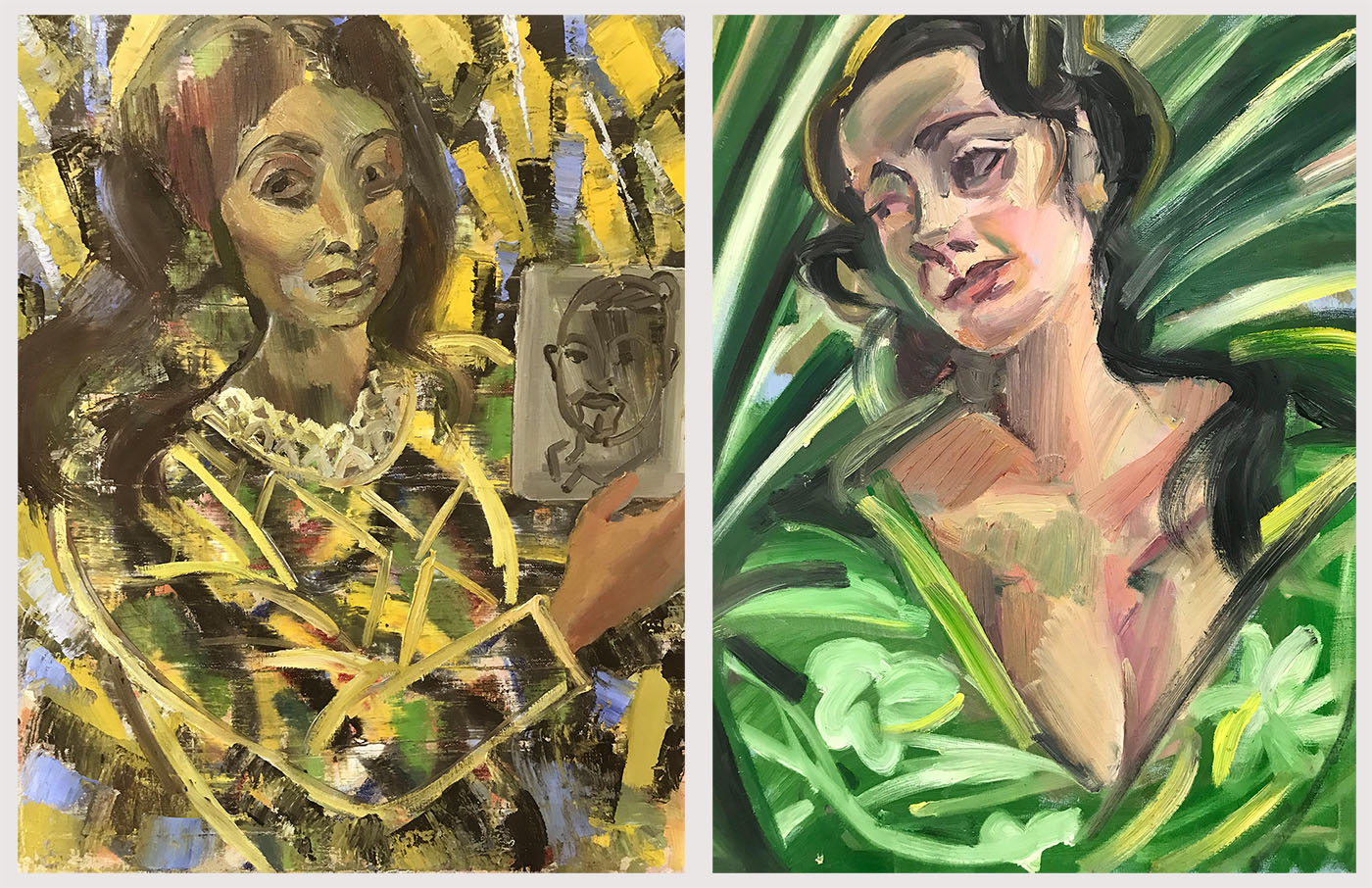
Rachid Bouhamidi
Q: How do you think growing up in Los Angeles and other areas of Southern California has influenced the way you see the world and make art?
Growing up in Los Angeles I think has compelled me to try to find themes and a way of painting that reaches as many different people as possible. It has made me acutely aware of class and the divisiveness of economic inequality and political disenfranchisement among the poor and immigrants of color all over, although my work does not usually address those issues directly.
Q: What role does myth and storytelling play in the creation of your paintings?
From some initial state or context, I’m trying to posit a new plane of meaning to the subject matter in my painting which I do by assigning a kind of acting role for the people I depict. So my friend who is an artist and conversationalist becomes “the great story teller” whose speech is imbued with magical qualities represented as floating linear arabesques against patterned forms. A woman locked in isolation becomes the goddess Artemis, frozen on a flat terrain in the act of hunting. The sense that these paintings have mythic properties or tell a story is something that I think is very subtle and has as much to do with the personal experience of making the paintings.
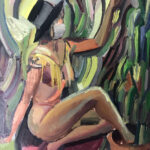
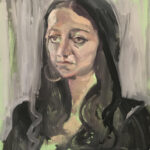
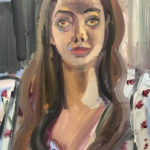
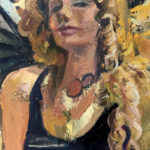
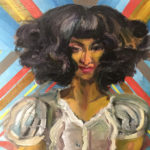
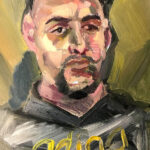
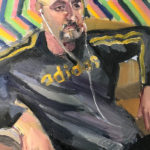
Q: How have recent events (Covid-19/quarantine, racial inequality and protests, the presidential election, etc) affected the stories you tell?
Usually what I do is not directly related to topical issues but the recent killings by police struck a very deep nerve and compelled me to respond in some way directly. I drew about one hundred drawings of great Afro-Americans and luminaries from the African Diaspora and donated all the funds generated from their sales to organizations helping in the defense of Black lives and marginalized groups in the US.
Q: What influences have informed your choice of color and pattern?
A: For many years I have taken interest in traditional Moroccan textile patterns and more recently I began painting a particular pattern derived from a berber rug I used to furnish a house structure I created some years ago. That pattern is present in dozens of paintings which I’ve used to set against the line work representing figures and other forms in much of my recent painting. A fairly new development in my painting is the use of a technique of smearing and scrapping wet paint with a large palette knife which gives the surface a feeling of speed as I work over it with a brush. Color is an important expressive element in my work. Generally, I try to work up the surface with high key and warm colors. I want the paintings to be as inviting to the viewer as possible.
Q: How does pattern and line affect the emotional weight of your paintings?
A: Pattern and line is crucial in much of my work because it serves to alternately establish and disorient the viewers engagement with the painting. It also defines some quality of visual tempo.
Q: How has your studio practice been affected by the quarantine?
The quarantine and other related events have altered what I’ve been making but particularly the scale of the work I’m making. I went from building a functional teahouse and large paintings earlier in the year to painting modestly sized paintings on panel and paper.
Q: Does drawing play a significant role in the progression of your work?
A: I make small drawn studies for nearly every painting. In one way, drawing is an important departure point for the painting. In another way, the painting is essentially some form of drawing.
Q: What are you working on now? what are you looking forward to?
I’m working on an extensive series of drawings of musicians, composers and singer/ songwriters which I plan to make a book of and am preparing to exhibit in Los Angeles at LAST projects. I’m also preparing for a show of recent paintings at galerie Tindouf in Marrakesh in May and “Dragon, Crab, Turtle” in st Louis, MO in June. I’m looking forward to developing more of this merging of figuration, design, and abstraction in my painting.




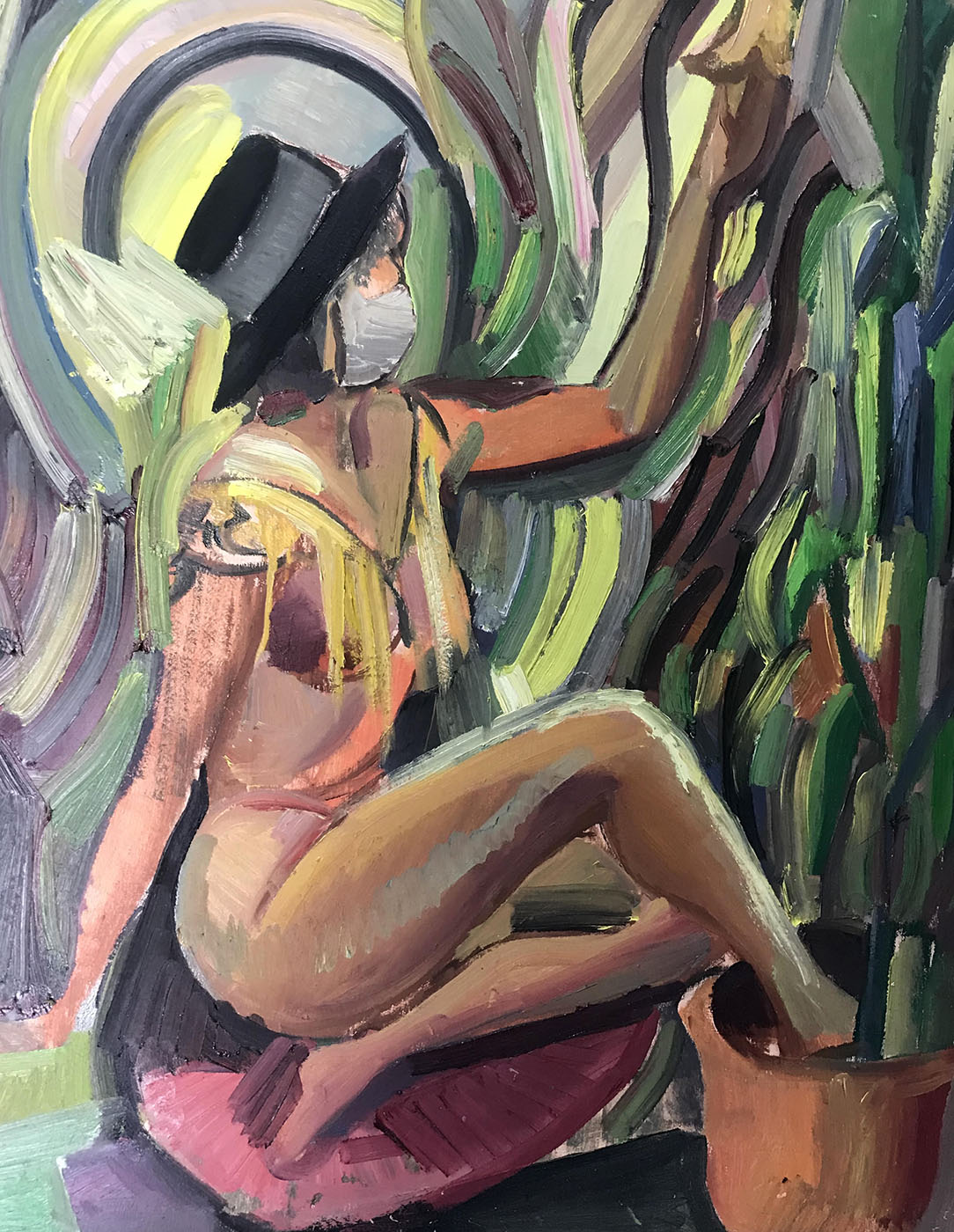
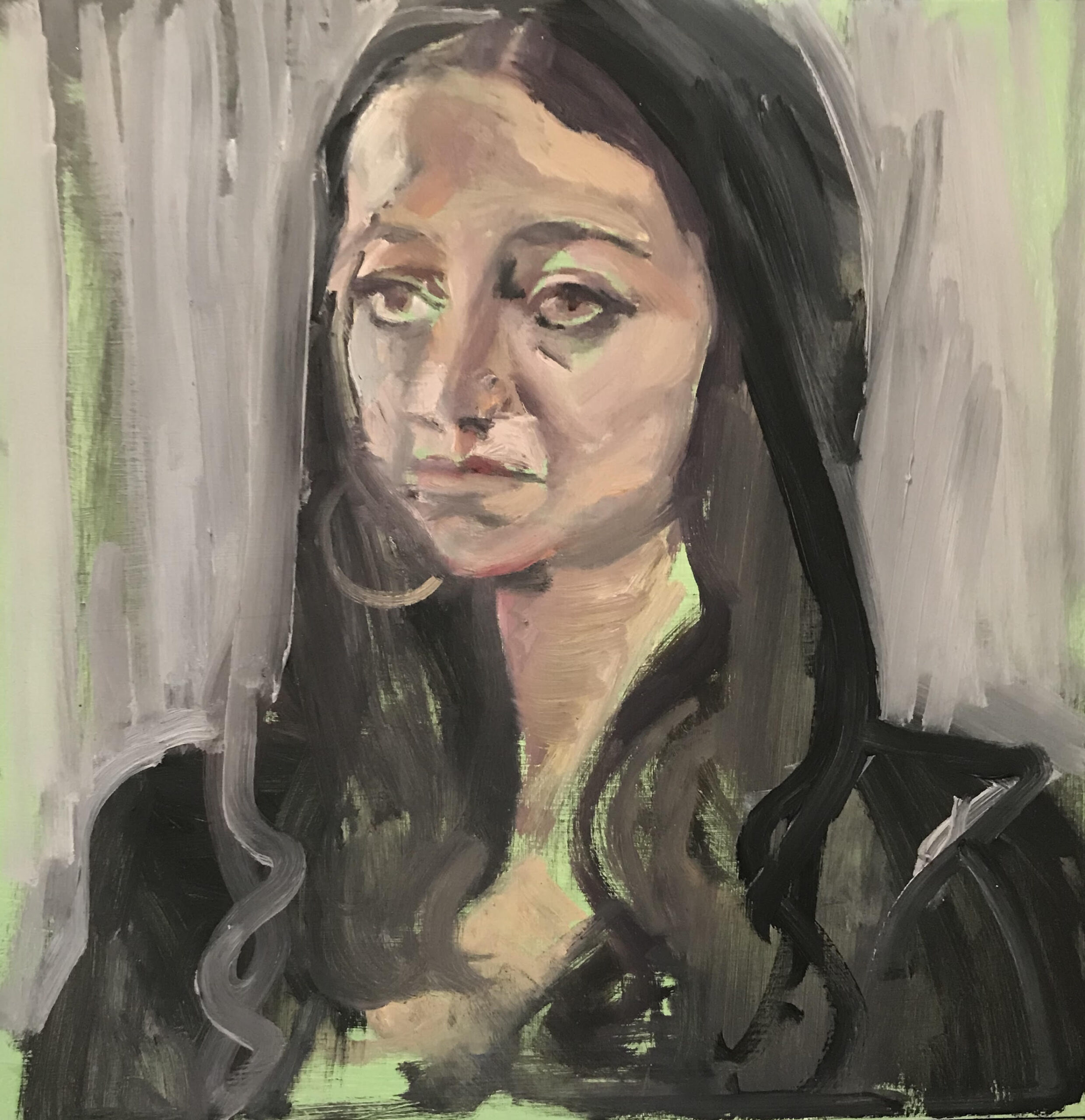

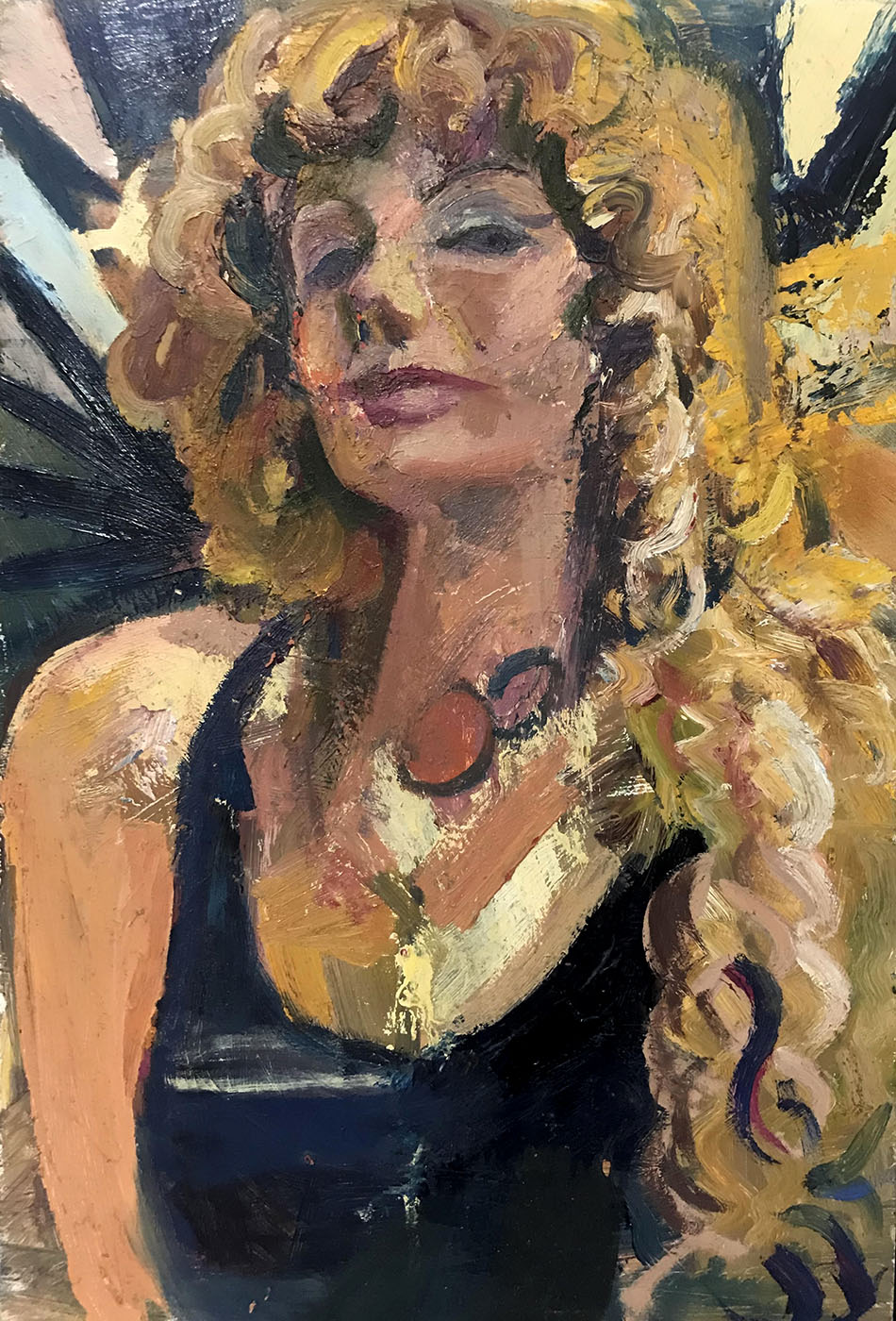
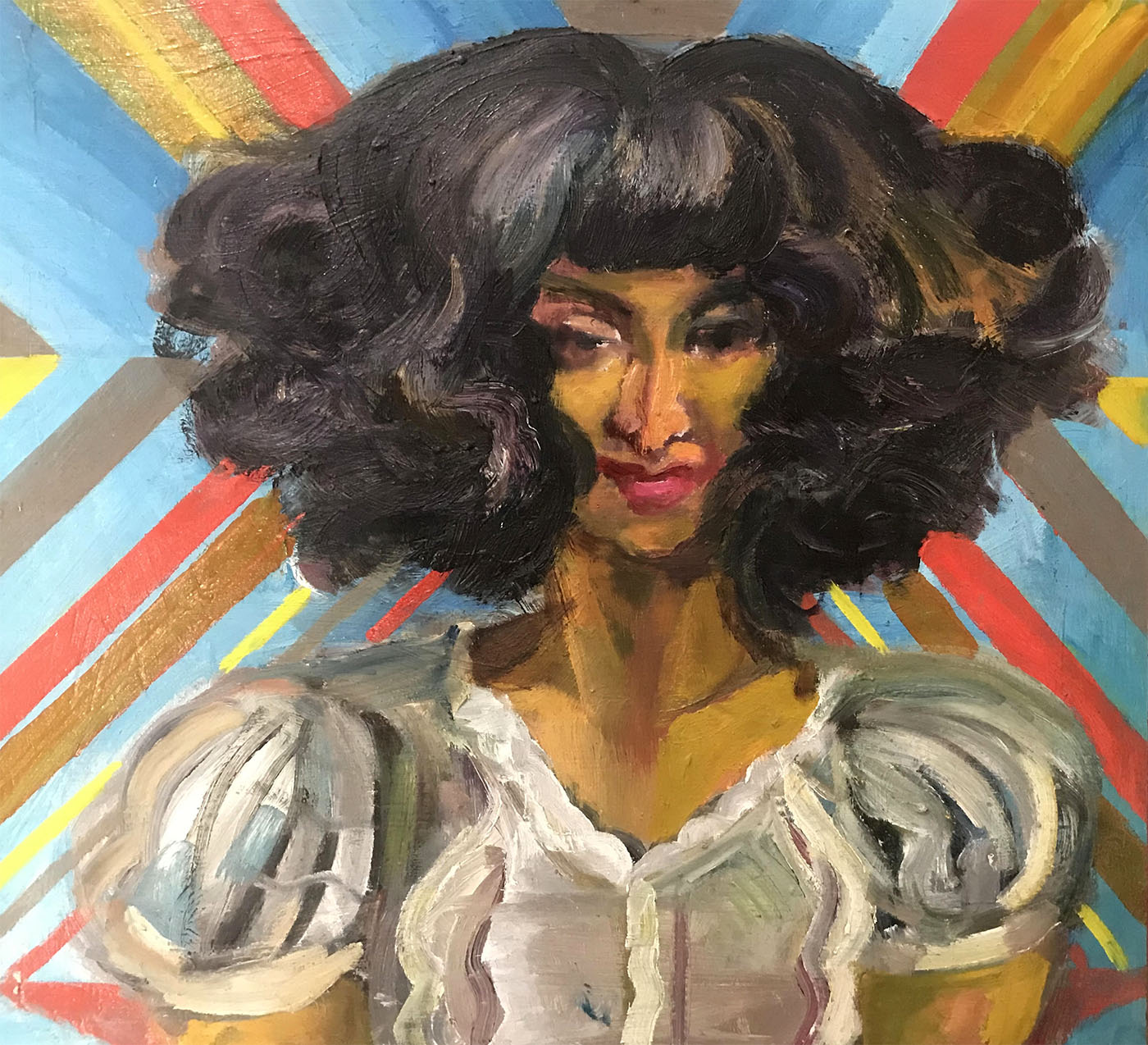
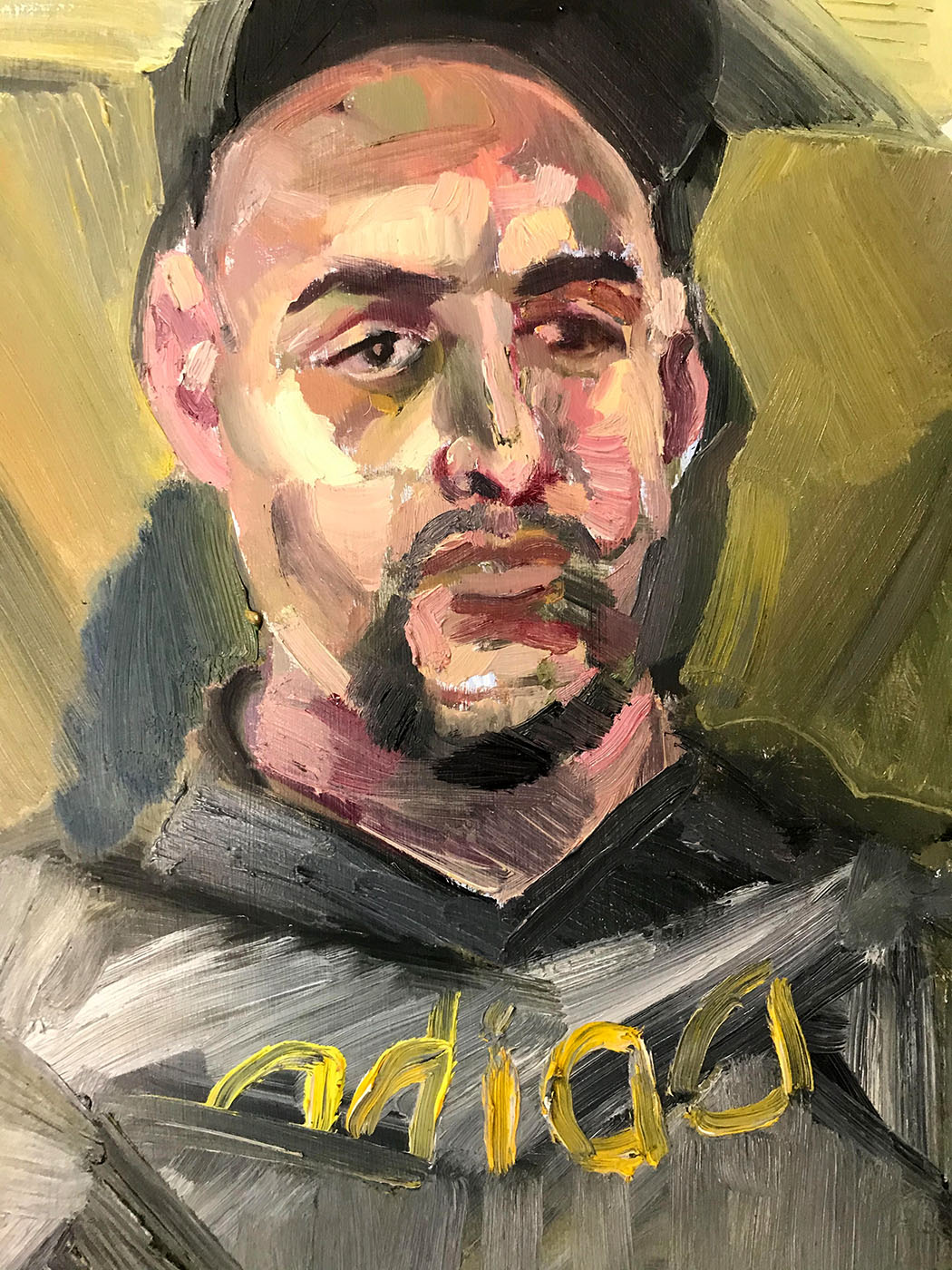
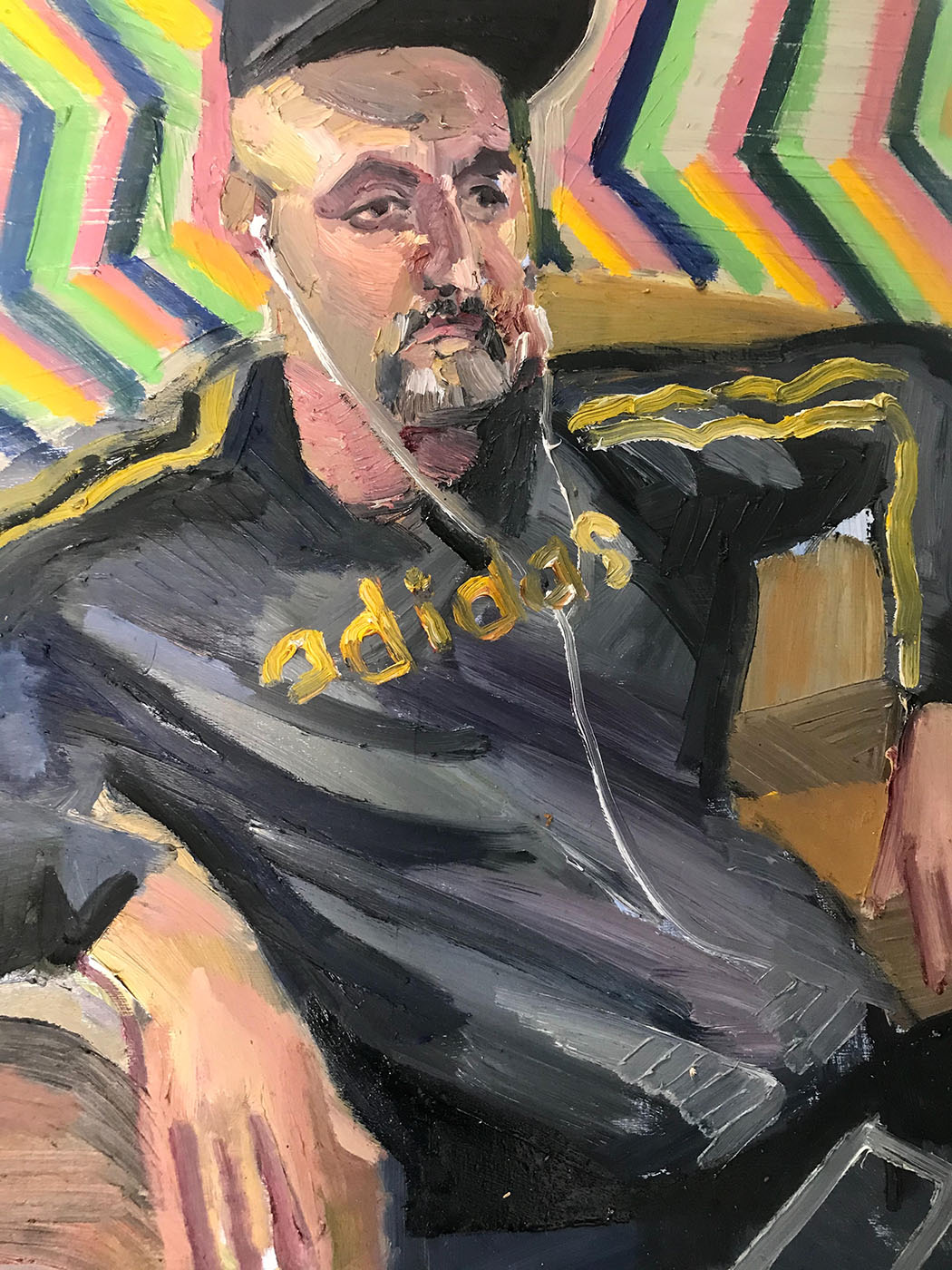
Rachid lived n Redding CA for about six months in the early 2000’s…his LA friend owns a two-story office building. He was commissioned to paint a mural, going up two flights of stair cases, of Redding life and culture. It’s still intact and enjoyed by passerbys.